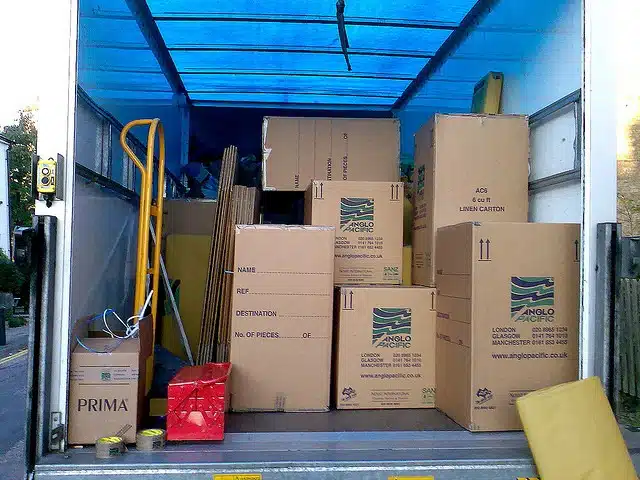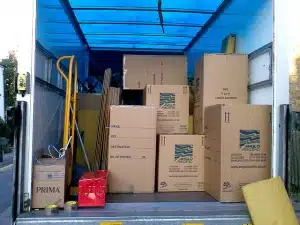5 Ways Migrating Donor Data Is Like Moving



Moving into a new home is never fun. It’s a lot of work, and aspects of it can be unpleasant. A data migration into a new CRM or database can be just as challenging. However, if you look at how professional movers approach the task of packing and transporting furniture, boxes and other household items, we can learn a lot about how to quickly and effectively migrate data.
Here are five ways to make your next donor data migration as simple as it can be.

During a move there is a person or group of people calling the shots. This person or group is deciding what should be packed and where the items end up in the new place. Moving data should work the same way. The people who ‘own’ the data should be making decisions during the conversion process. This is the best way to ensure things are set up the way they want. Why let Uncle Bob set up your home when you are the one that is going to live there?
2. Pitch the garbage
Not a single time I have helped people move have we taken the trash to the new place. However, I have seen people take data ‘trash’ with them time and time again. The analogy breaks down a little bit here – but the idea is a good one. If you have information that no one knows what it means or where it came from, it is data trash. With a little work you can rid your data of this meaningless data.
3. No need to keep it all
When people move they sort through the items being moved and only keep what will be helpful in their new place. ‘Helpful’ means something different to each person. A rule of thumb, is if you have not used it in ‘x’ (insert 3-5) years then you should donate it. Converting data is pretty similar, if you have not used or properly tracked a piece of data – then leave it behind. Do not be a data horder. A clean database is much easier to trust as well as navigate. For example, if there are only 200 items marked on 40,000 records and those 200 have not been updated in 2 years. How confident are you that the information is accurate across the entire database?
4. Polish it up
As you move and pull out every item from under the bed or behind the couch – you find things. Sometimes these things are terrific and you want to keep them. When looking at each area of a database sometimes things are found. When data is found which should be kept, don’t just keep it in the same manner as before. That is what led to it becoming lost in the first place. Instead put processes in place to polish it up. For example, try make a piece of information required, ask for updated information once in a while, setup a way for people to correct their own information or find a service that can help fill in the gaps ( ie. national change of address, email update, phone update, job and real estate updates).
5. Purposeful setup
Those people who are good at moving set the space up for how it will be used. This forethought sees less reworking and better efficiency. When moving tools into the garage they are organized in a way that makes using those tools natural. When moving data it is key to understand how the data will be used. What reports need to be produced? What data do you need to know about each record in the database? Setup your new system with these things in mind. Make it easy to get the most important information quickly and in a meaningful format.
How do you approach data migrations? Let us know in the comments below!

Comments